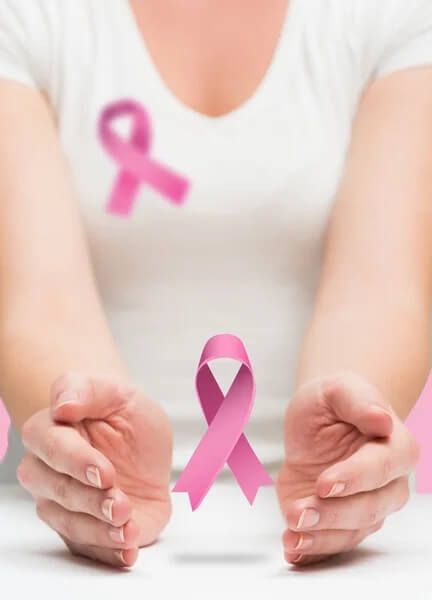
Breastfeeding: Nurturing the Future, One Feed at a Time

Breastfeeding is one of the most natural and beneficial practices for both mother and child. Beyond providing nutrition, it builds a strong emotional bond and strengthens the immune system, laying the foundation for a healthy future.
🌿 The Nutritional Benefits
Breast milk contains the perfect balance of nutrients, including proteins, fats, vitamins, and antibodies. These components are tailored specifically for a newborn’s developmental needs. Studies show that breastfed babies have lower risks of infections, allergies, and chronic diseases later in life.
🤱 Health Benefits for Mothers
Breastfeeding doesn’t only help the baby—it also benefits the mother. It helps the uterus return to its pre-pregnancy size, reduces postpartum bleeding, and lowers the risk of breast and ovarian cancers. Moreover, it can aid in natural weight loss after childbirth.
🧠 Cognitive and Emotional Advantages
Research highlights that breastfed children tend to have improved cognitive development and higher IQ scores. The skin-to-skin contact during breastfeeding also promotes emotional bonding, offering a sense of security and comfort to the baby.
🌍 Societal and Economic Impact
Encouraging breastfeeding can reduce healthcare costs by decreasing infant illnesses and maternal health complications. It also promotes sustainability by reducing the need for formula production and packaging.
💡 Tips for Successful Breastfeeding
Start Early – Begin breastfeeding within the first hour after birth.
Feed on Demand – Respond to the baby’s hunger cues, not just the clock.
Seek Support – Lactation consultants, healthcare providers, and support groups can help with challenges.
Maintain Maternal Health – A balanced diet, hydration, and rest contribute to successful breastfeeding.
🌟 Conclusion
Breastfeeding is more than just feeding—it’s nurturing life. Every feed strengthens the bond between mother and child, boosts immunity, and sets the stage for lifelong health. Supporting breastfeeding mothers is an investment in the health of the next generation.




Recent Comments